Kerala, a state nestled in southern India's lush greenery, is well known for its vibrant culture, tranquil backwaters, and delicate art forms that have withstood the test of time. Also known as ‘God’s Own Country’, this quaint state is home to indigenous spices, food, traditional dance and art forms and more. Kerala mural art is a tribute to the region's artistic excellence and cultural diversity. Kerala mural painting designs are known for their mesmerising visual journey that reveals the stories of gods, goddesses, mythology and India’s rich cultural heritage. It has complex details, brilliant colours, and a history steeped in tradition. Today, let us learn more about Kerala mural painting.
Origin of Kerala Mural Art
The history and development of Kerala mural art may be traced back to the 9th to 12th century CE when it first emerged. During the Chera dynasty, it flourished and was mainly used to decorate the walls of temples and royal apartments. This art form has developed over time and included a variety of influences, including Buddhist and Dravidian aesthetics.

Image credit:- Pinterest
Themes & Subjects of Kerala Mural Art
Hindu mythology and traditions are the dominant themes in Kerala mural painting, with Lord Krishna, Lord Shiva, Goddess Parvati, and other deities serving as the focal points. Every mural tells a distinct story or has a particular topic, and many of them show scenes from epics like the Ramayana, Mahabharata, and Puranas.
Kerala mural paintings use complex and significant symbolism. Each figure's look, pose, and gesture hints at a greater meaning. For instance, Lord Shiva in his Nataraja form, depicts the cosmic dance of creation and destruction, while Krishna Kerala's mural painting with the flute represents divine harmony and happiness.
Radha Krishna Kerala's mural painting is also a famous theme in this type of art.
The intricate attention to detail in Kerala mural painting sets it apart. Every brushstroke, colour, and painstakingly created motif has a deeper meaning. Artists expertly recount mythical tales, spiritual narratives, and cultural legends through their works. The celestial images come to life on the walls and radiate a sense of grandeur and spirituality.
You Might Like Reading
The Mesmerizing World of Tanjore Art
The Pictorial Narratives of Cheriyal Paintings from Telangana
Kalighat Painting - The Folk Art from Bengal
Colour Symbolism in Kerala mural painting designs
Colours are an integral part of Indian paintings. It plays a vital role in Kerala mural art also with each colour carrying its significance. Let us look at the colour symbolism in Kerala mural painting designs.
Red: Te colour red represents passion, love, and power. The natural red colour is often used to depict Goddess Kali.
Yellow: The colour yellow signifies knowledge and intellect. This bright hue is often associated with Saraswati, the goddess of learning.
Green: Green symbolises fertility and life and is used to depict nature and forests.
Blue: The cool blue represents the infinite and the divine. Blue is commonly used for Lord Krishna in Kerala mural art.
Black: The colour black symbolises destruction and transformation and is often associated with Lord Shiva.
Together, the five colours of Kerala Mural Paintings are also called panchavarna (five-coloured)
You Might Like Reading:
Phad Painting of Rajasthan: A Window into the Rich History of the Art
Godna Paintings: Origin, History & More
Explore The Folk Heritage Of Traditional Aipan Art Of Uttarakhand
Kerala Mural Paintings in Modern Times
Kerala mural painting has developed and evolved to reflect modern aesthetics while retaining its traditional roots. Recently, an effort has been made to restore and promote this art form. Artists and organisations teach new generations the sophisticated methods and symbolic meaning of mural painting. Today, you can find Kerala mural art in modern settings in earrings, necklaces, bookmarks, Kerala mural fridge magnets and much more.
Today, modern paintings like the peacock Kerala mural are found in this art form.
The Keralan government has also made significant efforts to safeguard and preserve the existing mural artwork in temples and historical monuments. Regular upkeep, restoration, and raising awareness of the cultural significance of these masterpieces are all part of these initiatives.
Kerala mural art is not limited to the past despite its deeply ingrained traditional roots. Modern artists are reinventing this kind of art by incorporating fresh concepts, aesthetics, and mediums. In addition to mythology, they are examining other subjects and repurposing mural art for diverse contexts, such as modern social challenges and individual sentiments.

Mural Art
from Kerala
Conclusion
Kerala Mural Art is evidence of the region's rich cultural legacy. It continues to amaze spectators and inspire artists all over the world with its intricate designs, vibrant colours, and rich meaning. Let's support initiatives to safeguard, promote, and advance this age-old practice as we commemorate Kerala mural art's heritage so that it can continue to thrive in the creative environment for a long time. Find home décor products in this vibrant art form on iTokri, your favourite online Indian home décor store. We bring you products directly from the artisans and help them keep their art forms alive.
FAQs on Kerala Mural Art
What are the various products made with Mural Art?
Apart from Kerala mural paintings, you can find this traditional art in contemporary settings today in earrings, necklaces, fridge magnets and more.
What are the five colours used in Kerala mural paintings?
The five colours used in Kerala mural art are red, yellow, green, black, and blue. Together they are called panchavarna.

























































































































































































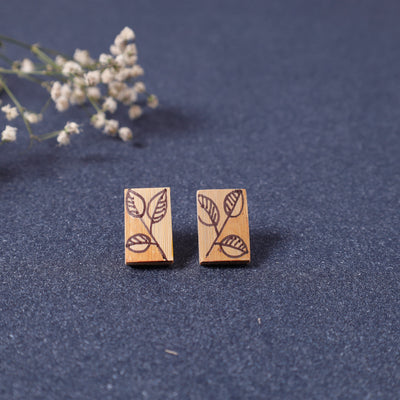
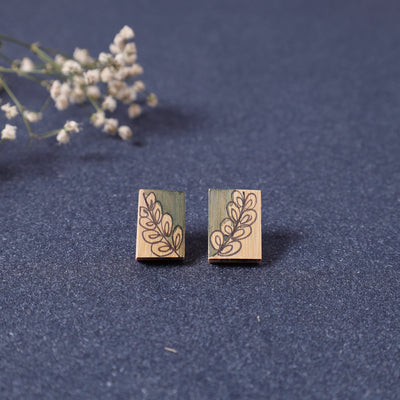
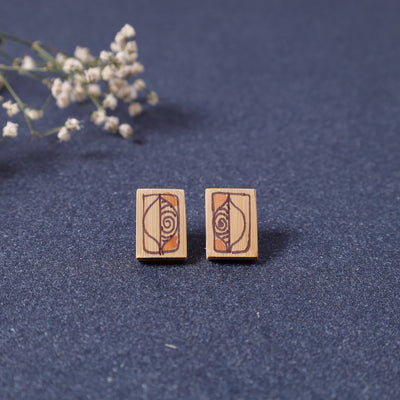
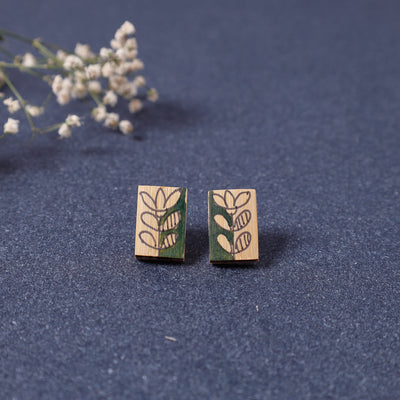

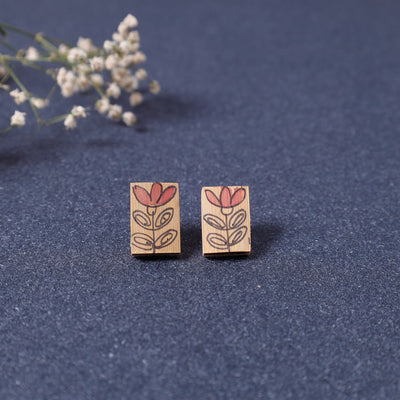
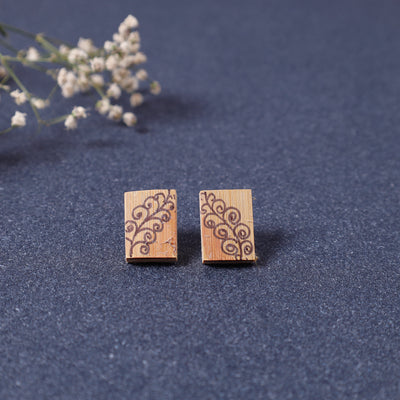
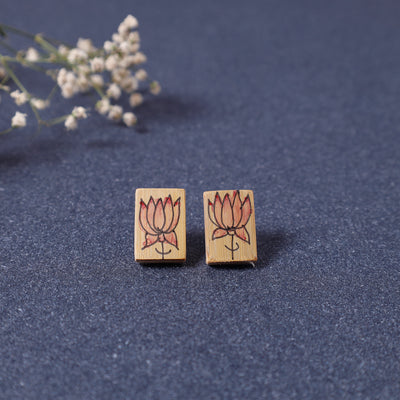



Leave a comment (all fields required)